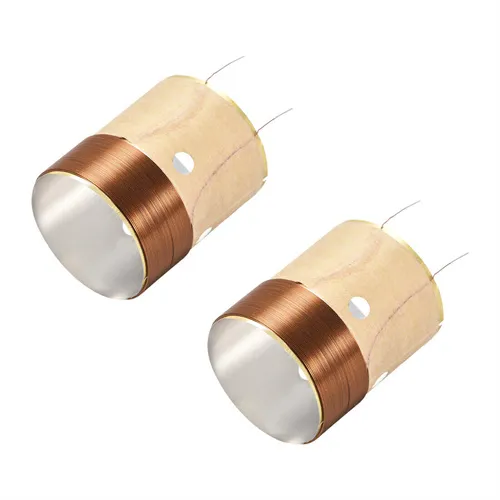Thank you @elliottbnewcombjr - your advice worked like a charm and here’s the full story with pictures! If there are any issues for anyone, the pics are on my system page as you suggested.
Like many of you, I often lust after new gear and speakers are no exception. Auditions of the Harbeth M40 and Magico S3 on a couple of occasions a decade ago convinced me that other upgrade paths existed if I ever found myself in a position that required change.
One of those change positions and a long-time worry in the back of my mind was an unrecoverable failure in my beloved Rogers Studio 1s. I purchased them in 1982 when I was in the biz and realized I couldn’t swing the B&W 801s that were my reference point at the time. The Rogers gave me 99.5% of the sound at less than half the mass, size and cost. It proved to be a very successful decision.
It is now 42 years later. Should the Rogers crossovers or woofers fail, the only available options would be to salvage operational matched pairs, retrofit with new parts or move on to something else. Given the price point of offerings like ATC SCM40, Harbeth SHL5 or M40, Magico S3 or PMC twenty5 26, moving on is not a favored option. Salvaging parts is a risky, sunk-cost alternative for products that haven’t been made since well before the turn of the century. Retrofitting is an empirical and experimental process that takes a lot of time.
A relocation last year “gifted” me with a new listening area radically different from the previous space. It’s been a gift that has been giving since November when I started trying to make it work. Many man-hours, much graph paper sketching and a copious amount of foul language later, I finally got the 2 channel, 7.2 channel, data and video systems integrated and operational.
Before the pandemic, I thought I’d heard a weakness in the right side treble. In calibrating the 7.2 system via Audyssey, I confirmed it. I had not been able to substantiate it in 2020 due to circumstances surrounding the pandemic itself. Which included packing the gear, staging the old house, selling it, moving everything, getting the new place ready, unpacking and settling in. During a pandemic. Basically, I turned the music off 4 years ago and only turned it on again in the last few days. And yes, the withdrawal symptoms were traumatic.
And found I had to confront my speaker fear. The easiest and least costly route was to purchase replacement KEF T27 tweeters from Falcon Acoustics, sold new in matched pairs. I also purchased a salvaged pair of tested Celestion HF1300 midranges off Ebay. Starting with replacing the T27s, I discovered that the acoustic foam was pretty much disintegrating. After 42 years stuffed into a box, I would have, too. Here’s a picture:
I couldn’t get replacement foam right away, so I buttoned the speakers back up and tested them again. Better, but not right. After dusting off some very old UK reviews, I discovered that because the Rogers woofers were designed to produce a very wide frequency response with plus/minus 2 dB SPL via the unique Studio 1 crossover, the Celestion drivers don’t really function as mids, but tweeters. The T27s are actually supertweeters. I sold Rogers back in the day and that was certainly not a part of our sales training on the line. And, that meant that the HF1300 was the true culprit.
So, out came the soldering station again along with a can of Molson’s. Not for the reason you might expect:
The fixture worked perfectly. Must be something with that Canadian / UK connection. Anyway, the third calibration was the charm. Everything worked properly; the hyper-focused image and super-detailed presentation were all there. Two days later, the replacement foam came in and I did the messy and necessary:
A final calibration and extended listening test far exceeded my expectations for a DIY repair. All that remains is working over the external black walnut cabinet veneer to address years of sun fading and grime on the wood surface. That will be a project to show you all some other time.
While not the point of this post, I will share that I will never again install an integrated A/V system in a space I did not design myself. From beginning to (not quite) end, I’ve spent well over 160 man-hours on the project, almost all of it fooling around with work-arounds required by the electronics-unfriendly carpentry in the space itself. You can take a look at the new pics on my system page to see how it all came out. What you can’t see are all of the concrete block, ceiling support, I-beam, floor joist, and subflooring protrusions that had to be worked around.
Moral of this long story: To be an audiophile is to be a hobbyist first. You have to have a good electro-mechanical skill set, an understanding that you can’t possibly know everything, a desire to see things through and a bottomless reserve of patience. Others here have discussed the importance of building your own gear, especially speakers. I’ve built multiple Hafler kits and rebuilt several pairs of hand-me-down speakers before then. That’s what gave me a true appreciation of what I saw inside the better-quality stuff I was ultimately able to purchase in my 20s and 30s. Here I am decades later and doing it all over again. All to create more years of happy listening!


